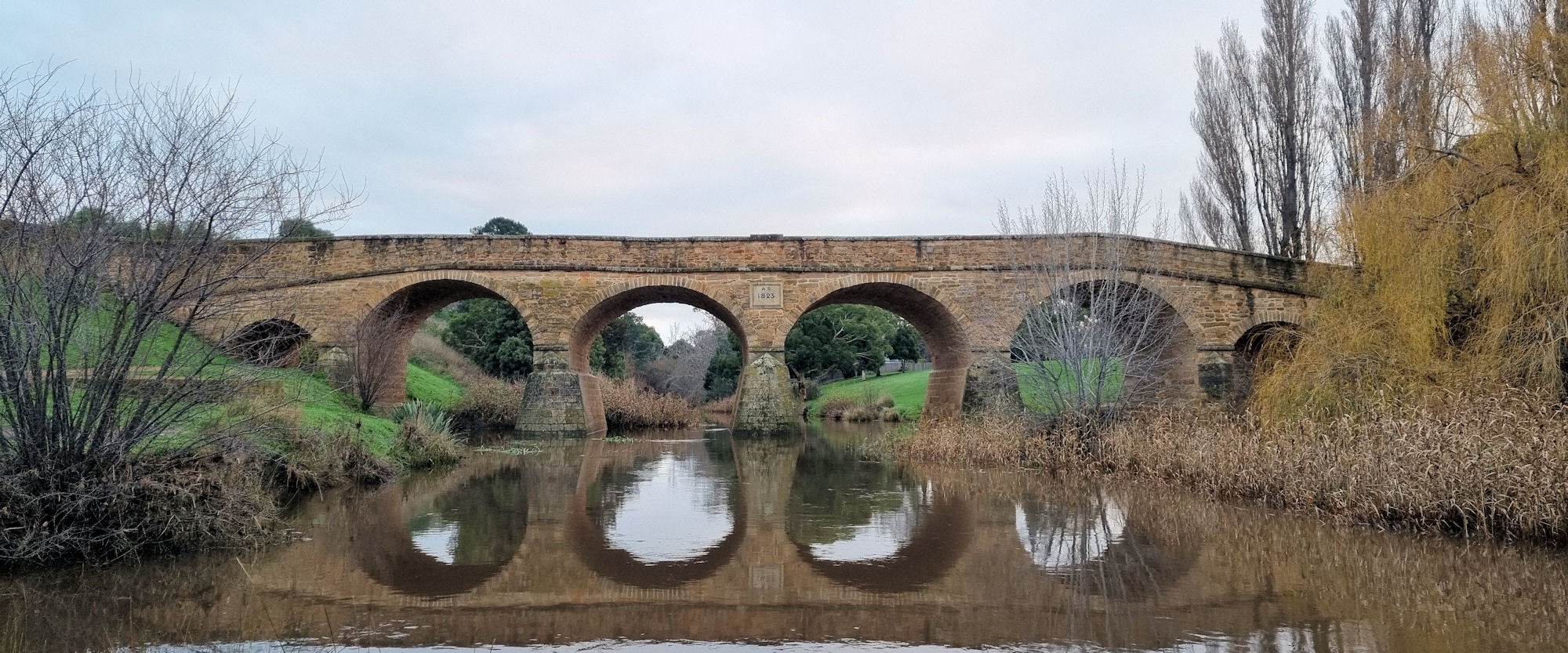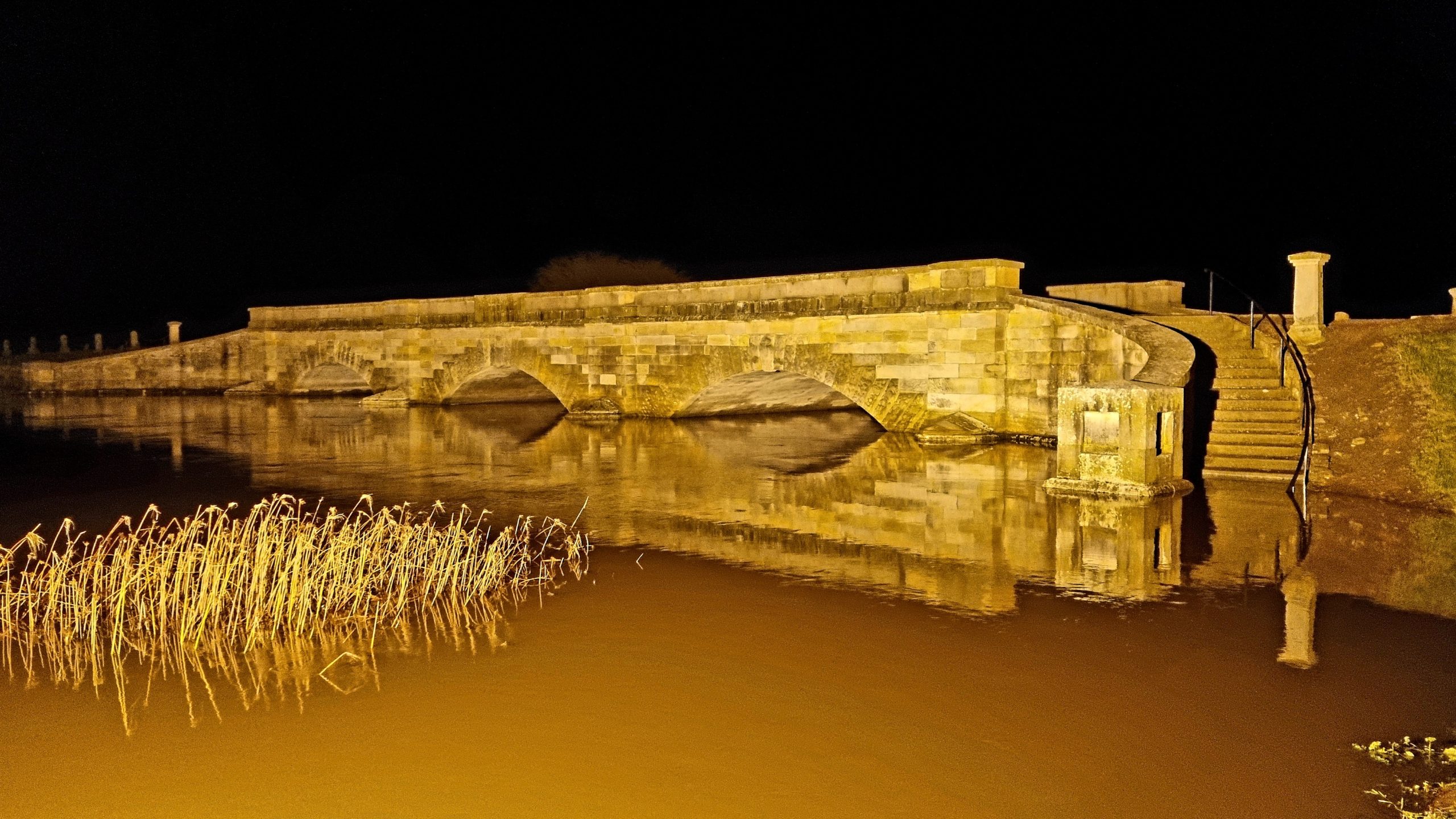Category: Bridge
-
Historic Richmond Tasmania

Richmond Tasmania Established as an important military staging post and convict station linking Hobart with Port Arthur, Richmond is one of the most popular tourist destinations in Tasmania. With over 50 historic buildings, most dating from the 1820s it’s a stark reminder of Tasmania’s convict past. Located only 20 minutes from Hobart Airport, we chose… Read more
-
Ross a Historic 19th Century Tasmanian Village

Ross Tasmania Built by convict labour in the early 1800s, Ross is a wonderfully preserved 19th century village full of old buildings and history. How to Get There Ross is about a one-hr drive (78 km) south from Launceston and a 90-min drive (121 km) north from Hobart. Ross Bridge Probably the most famous structure… Read more
-
Dubbo New South Wales Australia

Dubbo New South Wales Located in the central west of New South Wales, Dubbo was our first main stop during our road trip. A five hour car trip from Sydney, or a three and a half hour trip from our home in Singleton, stops along the way are needed. The first European settlement was established… Read more